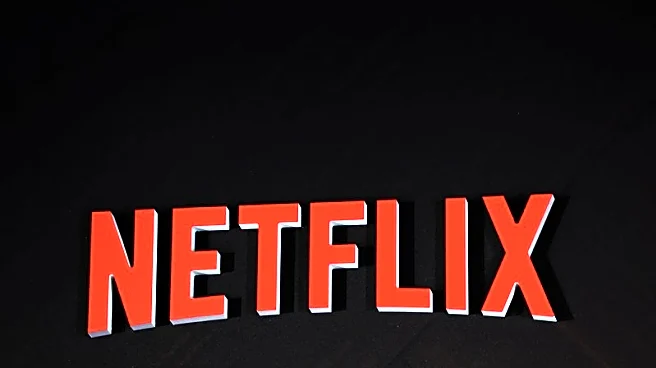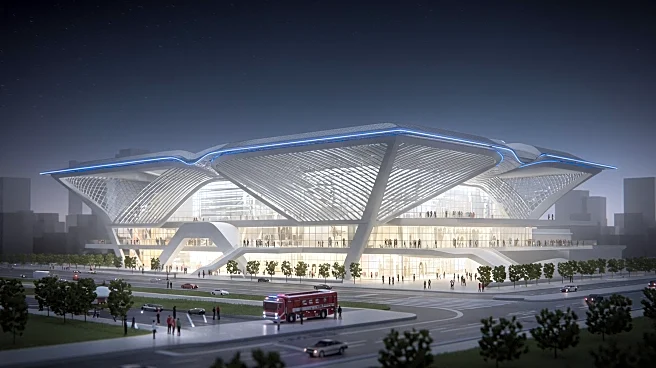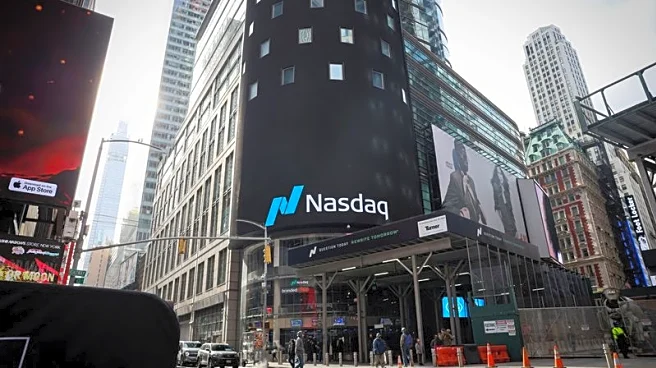What's Happening?
The U.S. hotel industry is experiencing a decline in revenue per available room (RevPAR) due to a weak summer travel season, according to STR Weekly Insights. The slowdown in business travel, particularly in the Top 25 Markets, has significantly impacted weekday occupancy rates. While leisure travel has continued, it has not been sufficient to sustain the industry. Weekday occupancy declined by 0.7 percentage points, leading to a 0.9% reduction in RevPAR. In contrast, weekend RevPAR saw a slight increase. The Top 25 Markets experienced a 2% drop in weekly RevPAR, with notable declines in cities like Houston and Las Vegas.
Why It's Important?
The decline in RevPAR highlights ongoing challenges for the U.S. hotel industry, particularly as business travel remains stagnant. The industry's reliance on leisure travel to offset declines in business travel underscores the need for diversification in revenue streams. The weak performance in major markets like Houston and Las Vegas indicates broader economic challenges and potential shifts in travel patterns. As the industry navigates these challenges, hotels may need to explore new strategies to attract guests and maintain profitability.
What's Next?
The outlook for the U.S. hotel industry remains uncertain, with continued challenges expected in the coming weeks. As schools resume and leisure travel slows, the industry may face further declines in occupancy and RevPAR. Hotels may need to adapt their marketing strategies to attract different types of travelers and explore new revenue opportunities. The impact of external factors, such as weather events and economic conditions, will also play a role in shaping the industry's recovery.












